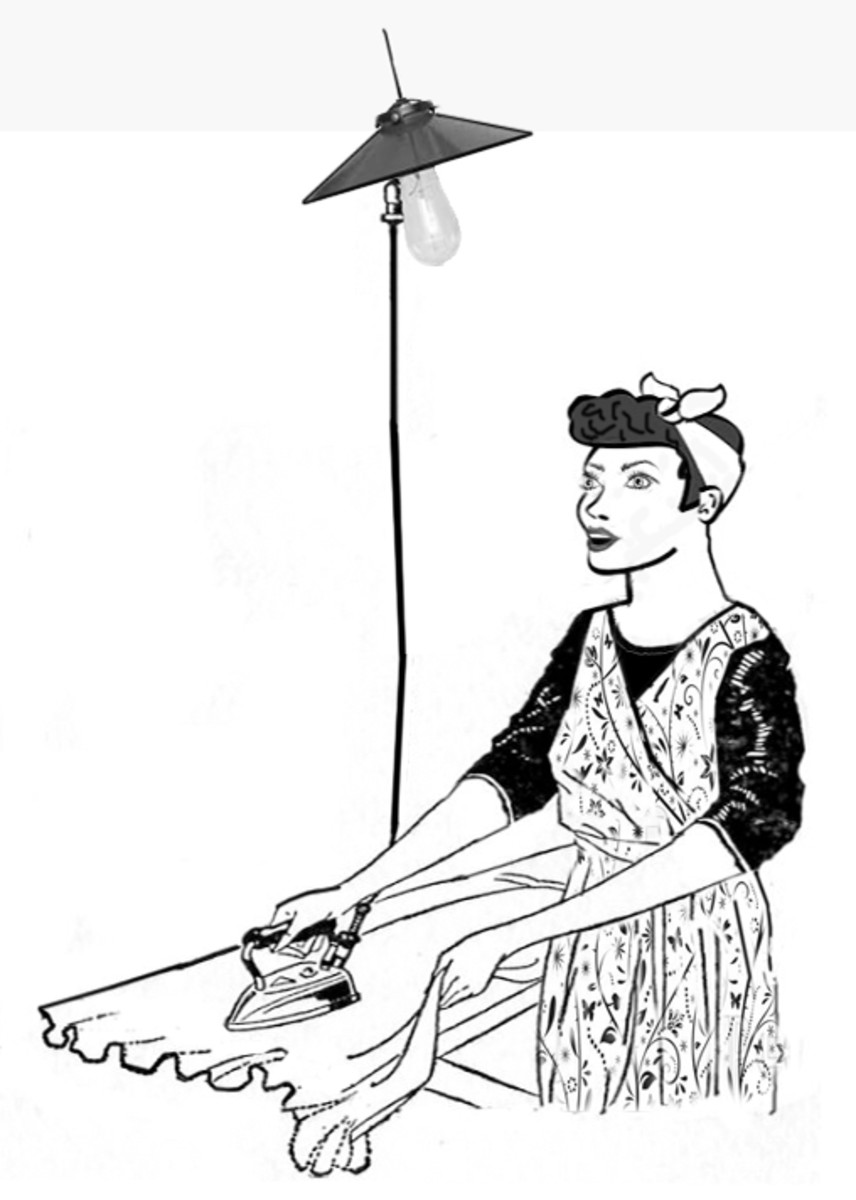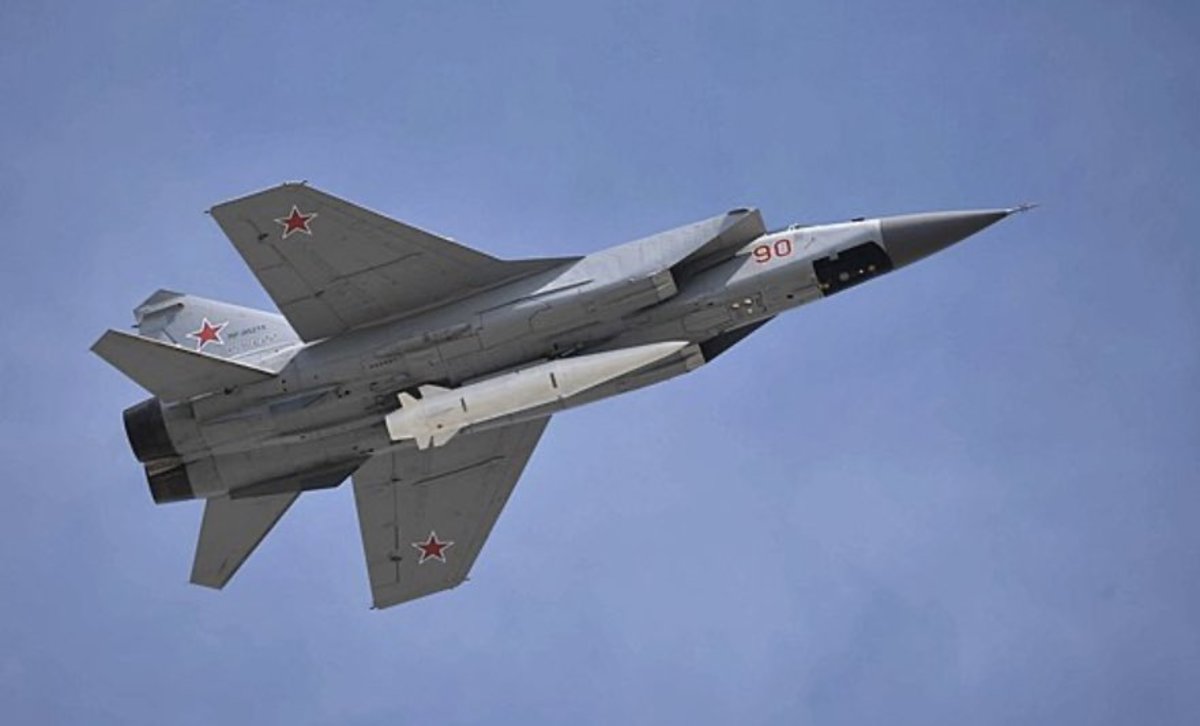The Irish Machiavelli
EAMON DEVALERA- THE IRISH MACHIAVELLI
Eamon DeValera, the “Chief” or “Long Fellow”, cast a very long shadow over Ireland for most of the 20th century, and his influence can still be felt there today. A man, who often carried a copy of Machiavelli with him, sought power ruthlessly and held it tenaciously once achieved. His wielding of influence, however, would have many negative consequences for the Irish nation. On the other hand, his undeniable charisma and gentility, combined with the sense of awe which surrounded him, made DeValera an immensely popular figure for well over 50 years.
Born in the United States, in 1882, to an Irish mother and a Spanish father, the Long Fellow’s early years are shrouded in uncertainty. The fact his dad died when he was very young, and his mom sent him to live with grandparents in Ireland, while remaining in America herself, left DeValera extremely sensitive about his beginnings throughout his lengthy life. Some historians speculate this apparent abandonment by his mother became a main motivation in his relentless drive to achieve prominence. Growing up very poor in rural County Clare ingrained in Eamon a set of values which he carried with him into his political career: fondness for a simple, frugal life and self-reliance; a love for the Irish language, which his grandparents spoke around the hearth; a devout Catholic piety, to the extent, many came to view him as a lay cardinal. Along the way, he also developed a keen interest in mathematics, a passion which initially led the Chief to pursue teaching the subject as his profession.
To follow his dream, DeValera left Clare for BlackrockCollege outside Dublin. There, the tall, gangly and bespectacled teenager gained a reputation as honest and trustworthy, if not a bit argumentative concerning protocol and procedure. He also displayed enthusiasm for sports, but without much skill attached. While attaining good grades, Eamon did not score high enough on his teacher placement exam to secure a position at one of Ireland’s top universities, but began his career teaching math part-time at several smaller schools, including his Alma Mata. Eventually, he took a post training other teachers in mathematics instruction, a period from 1906 to 1916, which as an old man, he remembered as the most pleasant of his life.
During the same time frame, the Long Fellow immersed himself in the Gaelic revival sweeping Ireland, got married, and had 6 children. He enrolled in an Irish language course to sharpen his knowledge of the native tongue, and proceeded to fall in love with his teacher, Sinead Flanagan, who became his wife. He also joined the Irish volunteers in 1914, a military organization formed to defend the implementation of Home Rule, a degree of self-government for Ireland finally granted by its colonial overlord, Britain. A Protestant minority in the northeast corner of the pre-dominantly Catholic island threatened war, if Home Rule came into effect. London seized upon the outbreak of World War I as an excuse to delay Home Rule at least until the conflict ended. Some leaders of the Irish Volunteers, who were members of a secret revolutionary movement known as the Irish Republican Brotherhood or IRB as well, began to plan a rebellion, as a consequence of Britain reneging on their promise and the opportunity presented by the British being bogged down on the Western Front in France. The resultant Easter Rising of 1916 was a crushing defeat for the Irish rebels. The star of Eamon DeValera, however, started a meteoric ascent in the aftermath, to be coupled with a re-born nationalism. Both of which burst into flames during the bitter civil war of 1922-23.
After signing up with the Volunteers, Eamon took pride in wearing his uniform, and diligently attended all meetings and drill sessions. His prestige in the group grew to where he would be named a commandant, leading a battalion of troops during the planned revolt. Confusion among the leaders and contradictory orders caused the start of the rebellion to be postponed one day to Easter Monday, not Sunday, with only Dublin rising, not the whole country as hoped. DeValera and his men were assigned to occupy Boland’s Mill in the southeast section of Dublin, and cover the Mount Street Bridge, preventing British reinforcements from reaching the city. The Long Fellow’s actions during the six days of fighting before the rebels surrendered, depend on whose version you read, his own or those of his subordinates. According to his official biography, “Dev” was a pillar of strength, inspiring his soldiers, not sleeping, worn to a frazzle by the end. Several of his comrades pictured an officer who crumbled under the pressure, requiring them to take over many of his responsibilities. Whatever the truth, Eamon DeValera emerged from the Easter Rising as the beacon of Irish freedom.
This turn of events emanated from several causes. His position at Boland’s Mill being among the furthest from the main rebel headquarters at the GPO (General Post Office), he would be the last commandant to surrender. A small detachment of his men heroically held-up an entire British regiment for over six hours at the Mount St.Bridge, inflicting the heaviest casualties of the entire fighting, which reflected brightly on the Chief as their commander, although he himself never went to the bridge. Lastly, and perhaps most importantly, Dev would be the only major leader not executed by the British. Some believe the Long Fellow escaped the firing squad due to his American birth, Britain not wanting to antagonize the U.S., whom they wished to enter World War I on their side. Others maintain London did not think Dev important enough, having already shot 16 of the top conspirators. No matter the cause, Eamon DeValera became the last man standing, and moved to consolidate his position as head of both the political and military wings of the Irish independence movement.
After a stint in a British jail for his part in the rebellion, DeValera was named leader of Sinn Fein in 1918, the political party spearheading the freedom drive. He rudely brushed aside Sinn Fein founder Arthur Griffith, who graciously gave way to the Chief, although Griffith had nurtured the party since its beginning in 1908. Command of the Volunteers, rechristened the IRA (Irish Republican Army) for its new goal of a completely independent Republic, not just Home Rule, also devolved on Dev, if only by default. The change of objective resulted from Britain’s refusal to implement Home Rule for all of Ireland at the end of World War I in 1918.
Upon his escape in 1919 from a second stay in a British prison, the Long Fellow, strangely, did not return to Ireland to lead his army in the war which broke out, but decided to leave the country for America. His stated purpose for the trip being to petition President Woodrow Wilson and the Congress for recognition of an IrishRepublic, and to raise money. Dev detractors impart more devious designs.
The Chief was conspicuously absent while the heavily outnumbered and outgunned IRA battled British forces in a savage conflict. Several potential rivals for national prominence, most notably two Lord Mayors of Cork, Tomas MacCurtain and Terence MacSwiney, both died in the struggle. One cannot imagine George Washington departing for France to ask for help while the American Revolution raged. Other talented men did go to seek a French alliance, but the commander of the Continental Army stayed home, where he belonged. DeValera returned to Ireland in early 1921, having failed to gain official American support, but having raised a significant amount of money, most of which he left in the U.S. for future use. The Long Fellow tried to re-assert his authority over a situation about which he had little knowledge due to his long absence. First, he ordered an attack on the British-held Customs House in Dublin, against the advice of senior IRA leaders. They had successfully used hit and run guerilla tactics on the enemy and did not have the men or weapons for an assault against a heavily fortified position. Dev’s stature carried the day, and the venture failed miserably, with the loss of 70 irreplaceable soldiers. Many see the foolish idea as DeValera attempting to show Dublin IRA commander, Michael Collins, who was boss, though the Chief maintained they needed to fight more conventional battles to counter British propaganda, which portrayed the IRA as murderous thugs.
Second, DeValera went to London, and held secret talks with British Prime Minister Lloyd George about a possible truce. As President of the Dail, the Irish government created in defiance of Britain, the Long Fellow had every right to go. Unfortunately, he did not consult any of his Cabinet ministers before hand, or army leaders outside of Dublin, on how long they could continue the struggle. Lloyd George informed the Chief there were two pre-conditions to any peace talks- Ireland would have to remain within the British Empire, even if self-governing, and the six counties of Northern Ireland got their own Parliament in Belfast, County Antrim. The Government of Ireland Act in 1920 had already created a separate Northern Ireland, instituting a partition of Ireland which still exists today. To have stamped himself a true leader, Eamon DeValera should have thanked Lloyd George for his hospitality and replied his government would only negotiate based on an independent, united Ireland, with the option to stay in the Empire if the Irish people so desired. By so doing, the Chief could have maintained the unity of Irish nationalism. More war with Britain would probably have ensued, but DeValera’s subsequent actions condemned the Emerald Isle to numerous years of fighting among fellow Irishmen.
DeValera, however, did not challenge Lloyd George’s framework, and also conveniently forgot to inform his Cabinet about it. The Long Fellow’s subsequent actions are difficult to interpret as anything except a politician looking out for his own best interests, not the country’s. When negotiations were scheduled in London for October, 1921, The Chief decided he would not lead the Irish delegation, though Lloyd George headed the British team. Arthur Griffith and Michael Collins were chosen by Dev to front the Irish side, two men who just happened to be main contenders to DeValera’s prestige and popularity. Critics believe the Chief picked them to bring back the bad news- there would be no Republic, but only some form of Home Rule after all. A contention reinforced by a comment the Long Fellow made to an associate at the time, “We need scapegoats.” Griffith and Collins were the intended sacrificial lambs. Almost ensuring failure, Dev did not give the delegation any instructions as what to bargain for, but sent them blind to the talks.
As expected, Collins and Griffith returned home with a treaty that did not grant a Republic, but an Irish Free State, self-government within the British Empire, while Northern Ireland remained separate, maintaining partition. Perhaps most distasteful to many Irish people, was the requirement for all members of the Dail to recite an oath of allegiance to the British crown before taking their seats. DeValera expressed outrage that Collins and Griffith signed the agreement without getting his approval first, although he had given them the authority to do so. In addition, if the Chief hoped the nation would vilify these traitors to the Republic, he was only half-right. The pair sold the treaty as not what was wished for, but the best to be attained at the moment, and a “stepping stone” to a future Republic. The country split nearly down the middle between pro and anti-treaty groups. The same thing occurred within the IRA, though the percentage was closer to 80 to 20 against the treaty. Eamon DeValera had created a powder keg, soon to explode, whether wittingly or unwittingly has been debated ever since.
The Dail, in a close vote of 63 to 57, approved the treaty in January, 1922, and set a nation-wide referendum for June. In protest, DeValera resigned his position as president, and led his followers out of the government. Ireland was sliding toward civil war. The Long Fellow did not help matters by traveling the country making fiery speeches denouncing the treaty, loudly declaring “rivers of Irish blood” might have to be waded through to save the Republic. His dire warnings would come to pass, but only after the Irish people voted in favor of the agreement, mostly in a desire for peace, not for its terms.
Eamon DeValera failed to provide the unifying leadership Ireland so desperately needed in its crisis years from 1919 to 1923. For almost the entire War for Independence, he was in the U.S., leaving others to carry on the struggle. He also abdicated responsibility to subordinates of negotiating peace with their adversary, then rejected what they brought back, knowing full well that was the most the British would offer. Civil war may have broken out even if DeValera supported the treaty, as the IRA outside Dublin were heavily opposed, but his incendiary speeches just fanned the flames higher. It became somewhat ironic that for someone who had so carefully maneuvered himself to the center of power, Dev, for the most part, was an outsider during the bitter civil war of 1922-23. While Michael Collins and Arthur Griffith got the Free State government up and running, they also had to fight their former comrades, who would not accept anything less than a Republic.
DeValera spent most of this period hiding in the countryside. He attended meetings with anti-treaty IRA leaders, such as Corkmen Liam Lynch and Tom Barry, but wielded little influence in their councils. They showed deference to the Chief, but made decisions very much on their own. Similar to the Easter Rising of 1916, the Long Fellow emerged from the civil war unscathed, as other significant leaders perished in the conflict, including Collins, Griffith, and Lynch. The Free State defeated the anti-treaty forces with British help, leaving a wobbly government in place, and a still very much divided populace. Dev could not immediately take advantage of the fact the field had been cleared of top rivals. The Chief remained in the political wilderness until 1927, when he did the unimaginable- joining the Free State government.
DeValera arrived at the conclusion that re-acquiring power meant embracing the very thing he had so vehemently rejected five years before. Thus, the Chief founded a political party, Fianna Fail, and won election to the Dail from his native Clare. He deftly side-stepped the loathsome Oath to the Crown by some legalistic mumbo-jumbo, almost like crossing his fingers behind his back while reciting it. DeValera detractors, understandably, wondered why the Long Fellow had not just supported the treaty back in 1922, perhaps sparing the country from civil war. A seat in the Dail, however, was not the prize Dev sought, but the position of Taoiseach or Prime Minister. To that end, the Chief engaged in some extremely suspect dealings, such as gaining control of $3 million, which had been raised in the U.S. over the years to support the cause of an IrishRepublic. He used the money to begin the Irish Press group, whose newspapers became a mouthpiece for Fianna Fail, and then, his government upon taking the reins in 1932. Ireland’s Machiavelli had once again reached the summit.
After Fianna Fail gained control of the Dail in 1932, Eamon DeValera as its leader became Taoiseach. Whereupon, he pulled another Jekyll and Hyde by adopting Michael Collins’ stepping stone approach to dismantling the treaty, and achieving a republic. While Dev endeavored throughout the 1930’s to obtain the republican dream, and was partially successful, fate, perhaps justly, intervened to permit the opposition party, Fine Gael, to finally cut the final apron strings with Britain in 1949. The Chief also attempted to establish his vision of a mainly agricultural, rural Ireland, self-sufficient and devoutly Catholic. His 1937 Constitution contained the very controversial Articles 2 and 3, which asserted the 26 counties right to the remaining 6 counties of Northern Ireland, and re-affirmed the pre-eminent place of the Catholic Church in Irish society. Two notions which made the re-unification of Ireland that much more difficult.
For the nearly 25 years during which DeValera held power, he displayed having learned his Machiavelli lessons well. The Chief was a cunning, if not ruthless, politician. He used radical support, such as from the IRA, to gain control, but then crushed the organization underfoot when it dared challenge his authority and vision. On the other hand, Dev skillfully kept Ireland neutral during World War II, much to the consternation of two eminent statesmen, Franklin Roosevelt and Winston Churchill. In 1959, the Long Fellow was bumped upstairs by his own party, out of the Taoiseach’s seat, into the largely ceremonial role of president of Ireland. He served two 7-year terms in the post, before finally stepping down in 1973. He died at age 92 in 1975, still an icon in the Emerald Isle. On the downside, as prominent Irish historian Tim Pat Coogan noted in his excellent biography of DeValera, “The Man who was Ireland”, despite his lengthy time at the hub of the Irish nation, Eamon DeValera accomplished little that provided long-term benefit to the development of Ireland. In this case, maybe personally for the Chief, the ends justified the means, but not for his country.



